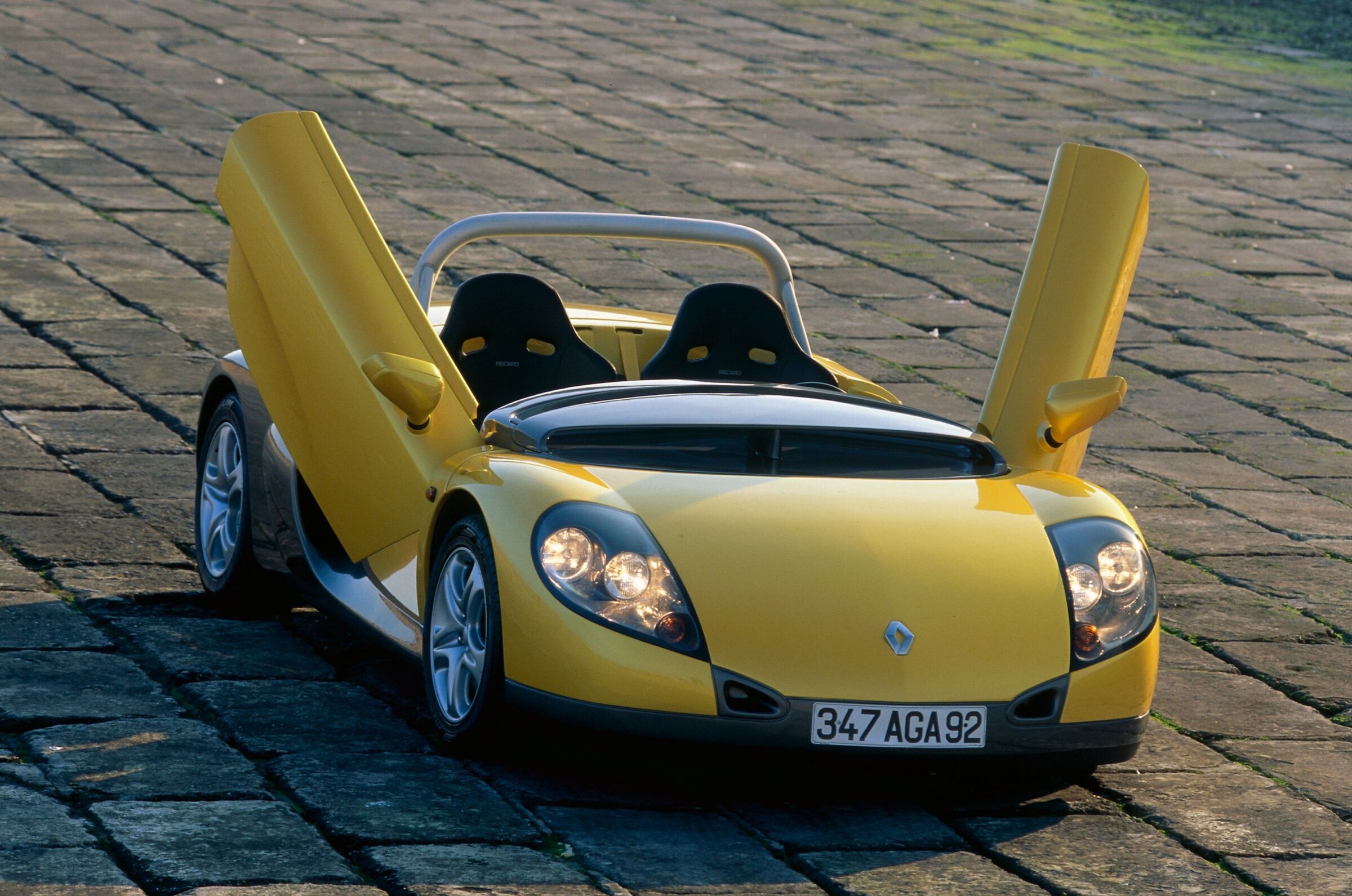Bugatti Type 57 SC Atalante
At the London Motor Show 1935 debuted on the Bugatti stand a vehicle for which the company from Molsheim in Alsace is still world famous: the Type 57 S with Aerolithe body. This unique vehicle, lost in the turmoil of World War 2, was so convincing with its exceptional shape that it was followed by a small edition of three relatively similar designed Type 57 SC Atlantic. It also influenced the design of the already available Atalante body on the normal Type 57, which was modified with the introduction of the more sportier Type 57 S. The normal Type 57 was created in 1932 by Jean Bugatti around the inline-eight cylinder engine of the Type 49 as a pure road sports car, while they parallel developed the Type 59 as a pure racing car. As Type 57 S and later as Type 57 SC it received a modified chassis and improved engines with more power. Thanks to a Roots blower, the SC got up to 200 hp.
RM Sotheby’s is actually known for big automotive auctions worldwide. But for some months, they also offer Private Sales through the company’s internet platform, which is particular popular among high-ranking collectors. They benefit from the wide reach of the auction house and at the same time can remain anonymous if they wish. One of the offers in the Private Sales is currently a Bugatti Type 57 SC Atalante from 1937. This special vehicle not only has the sought-after body shape, but is also the first of only four built Atalante with streamlined headlights sunk into the fenders.
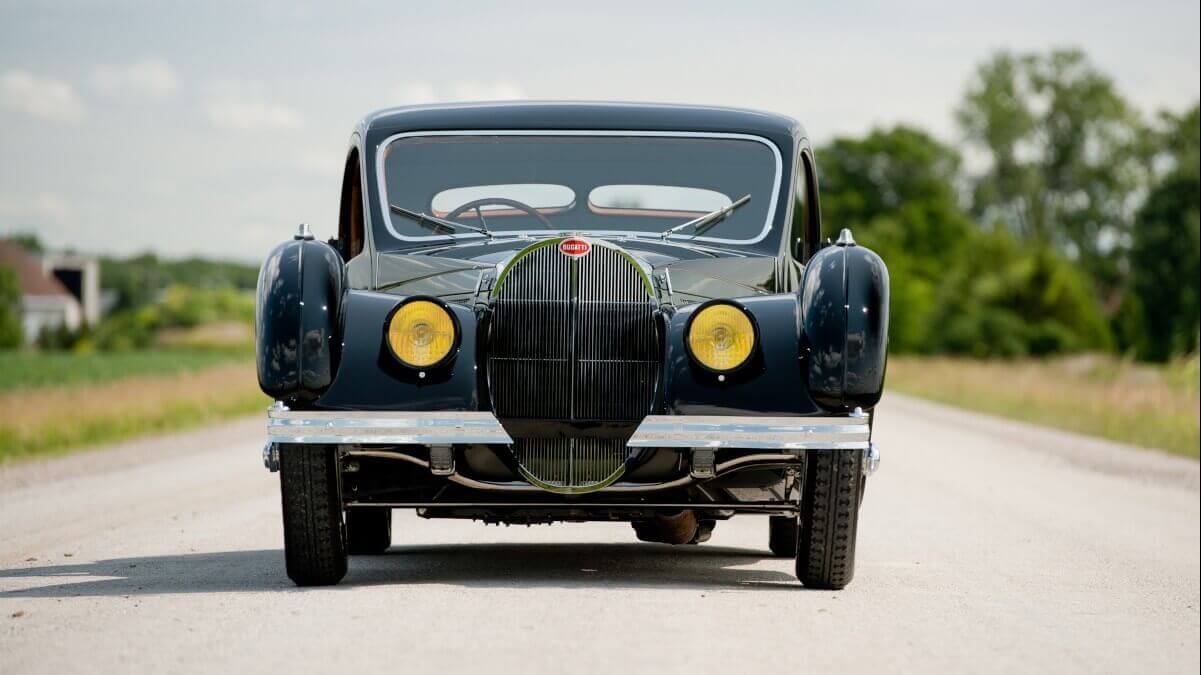

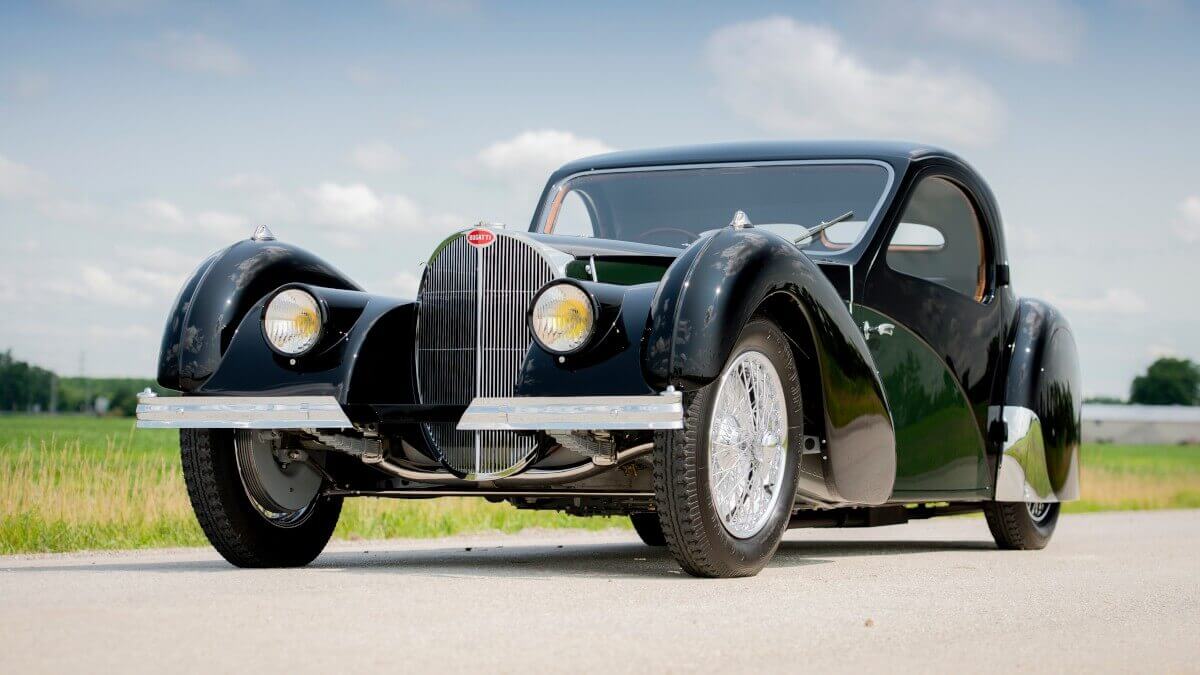

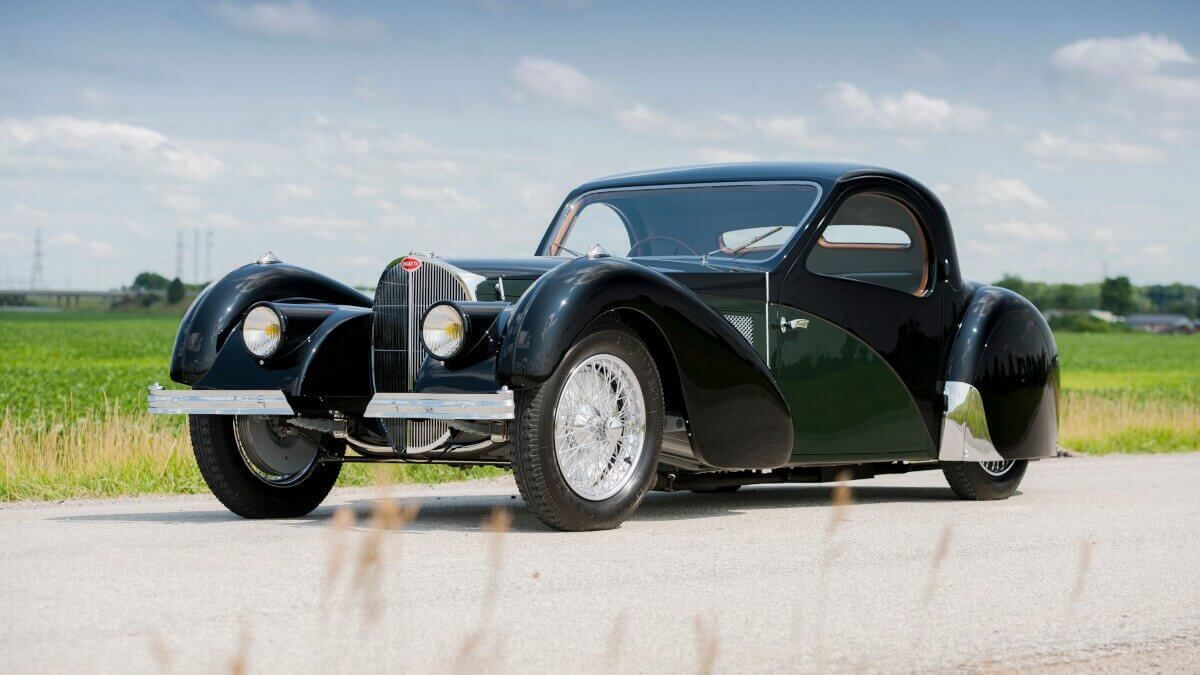







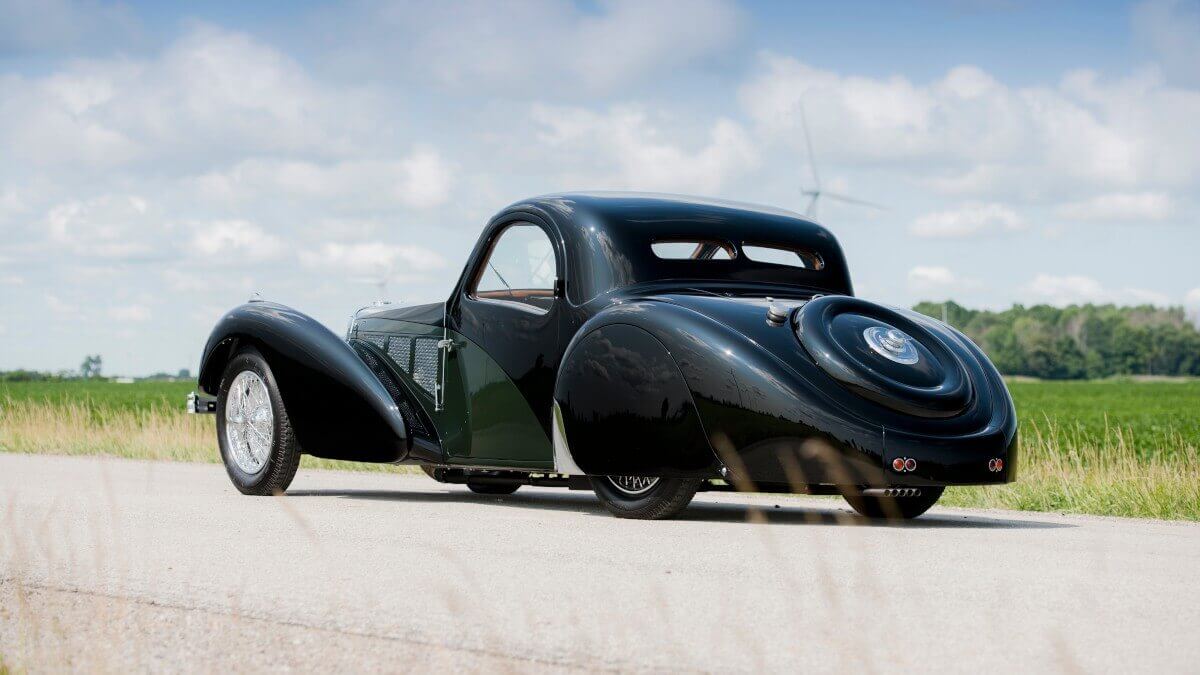





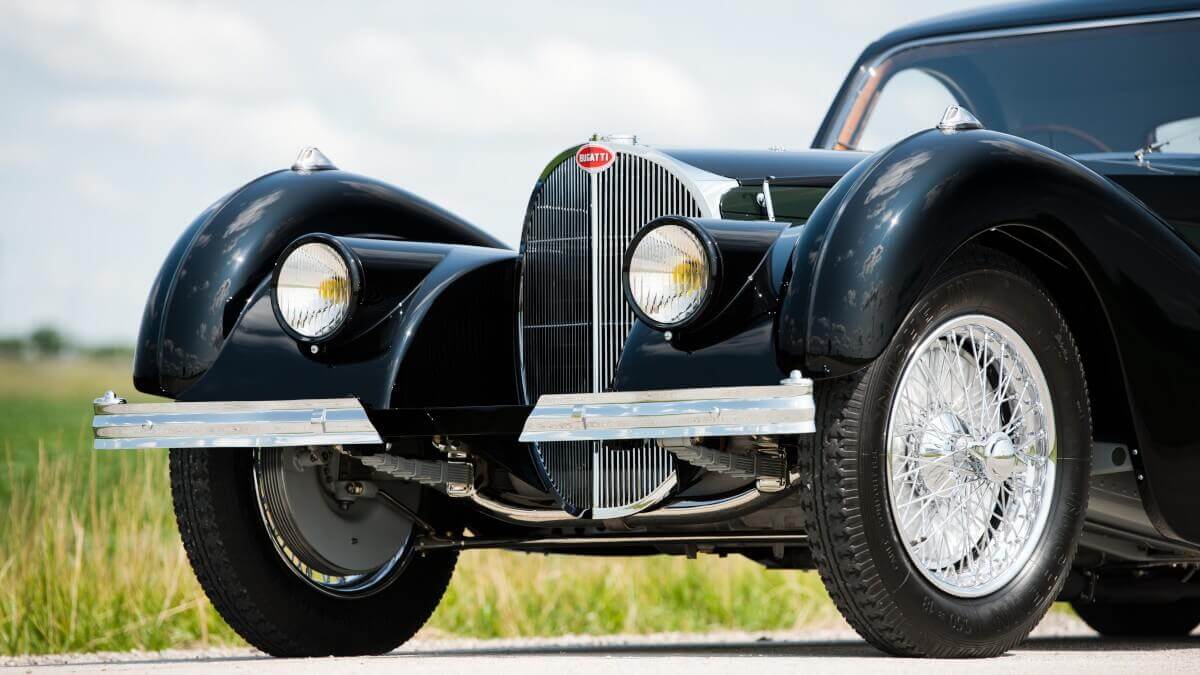



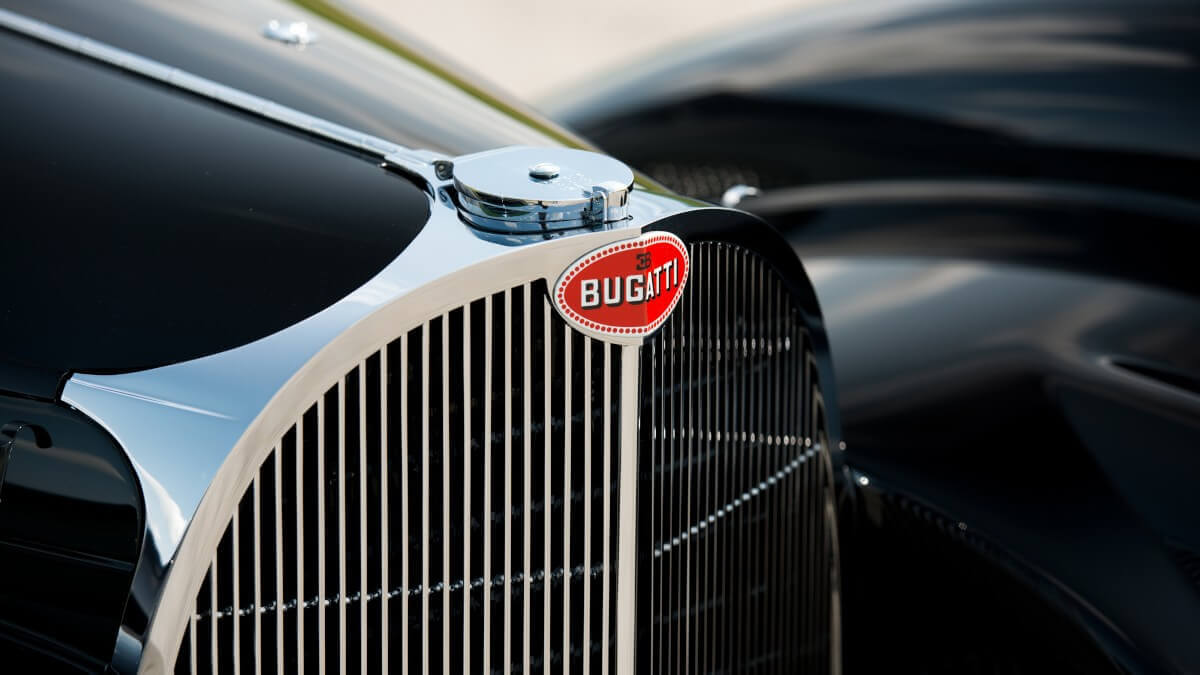





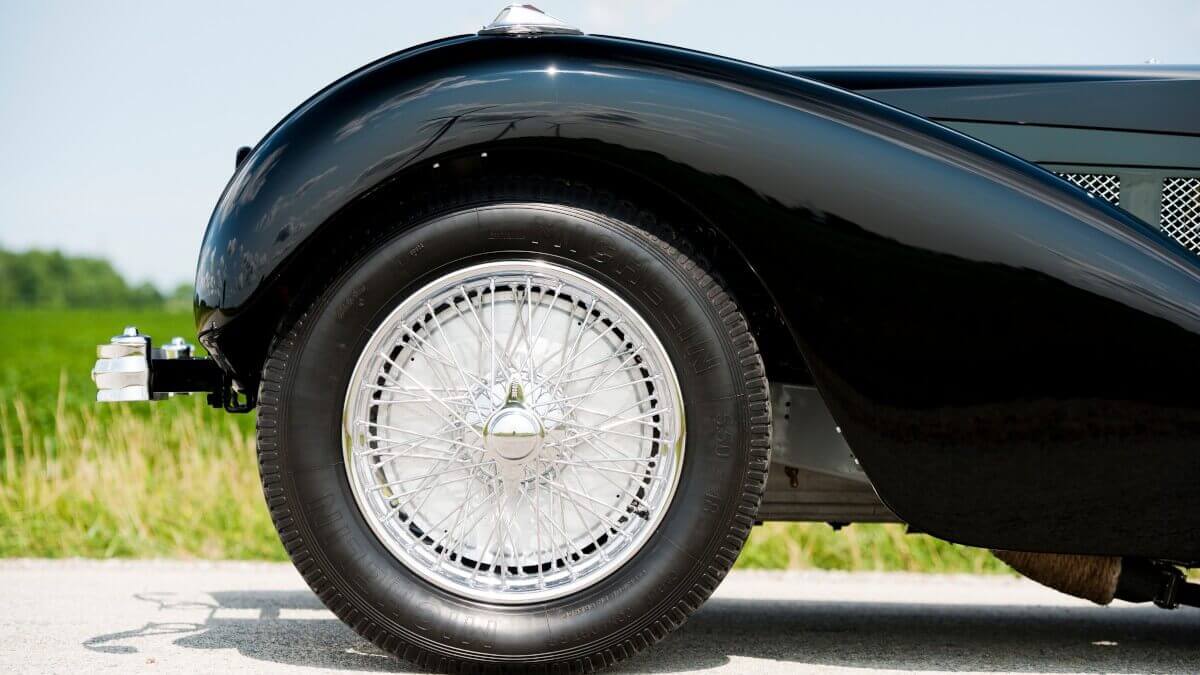



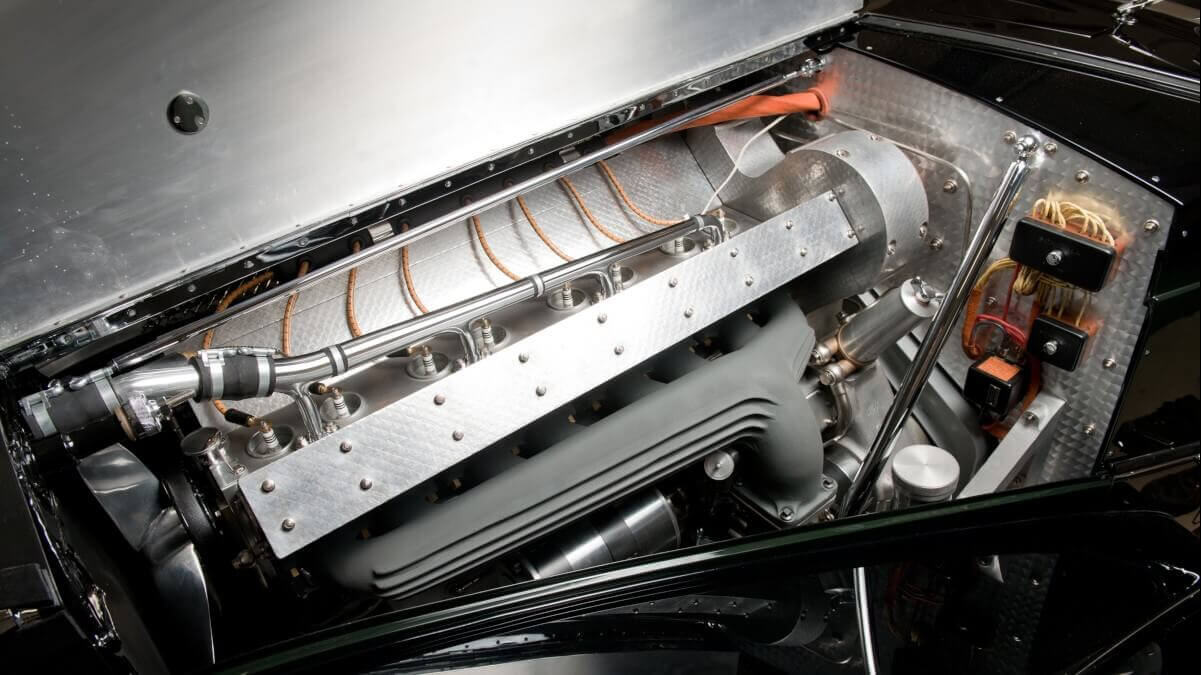



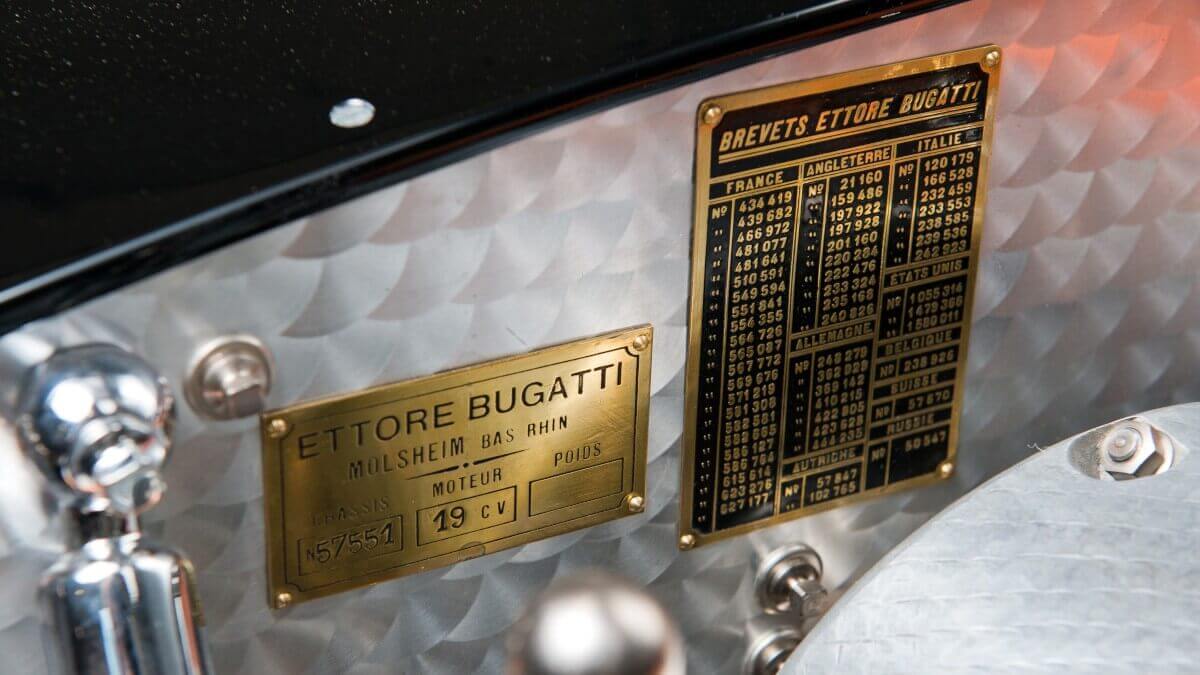



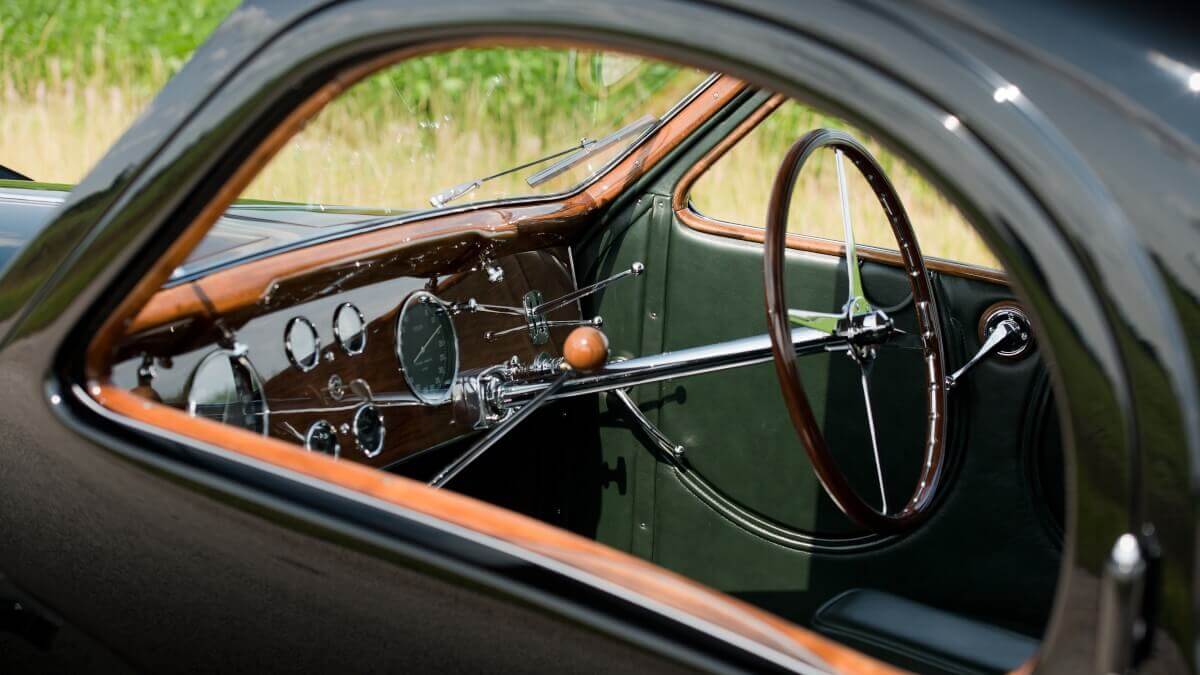





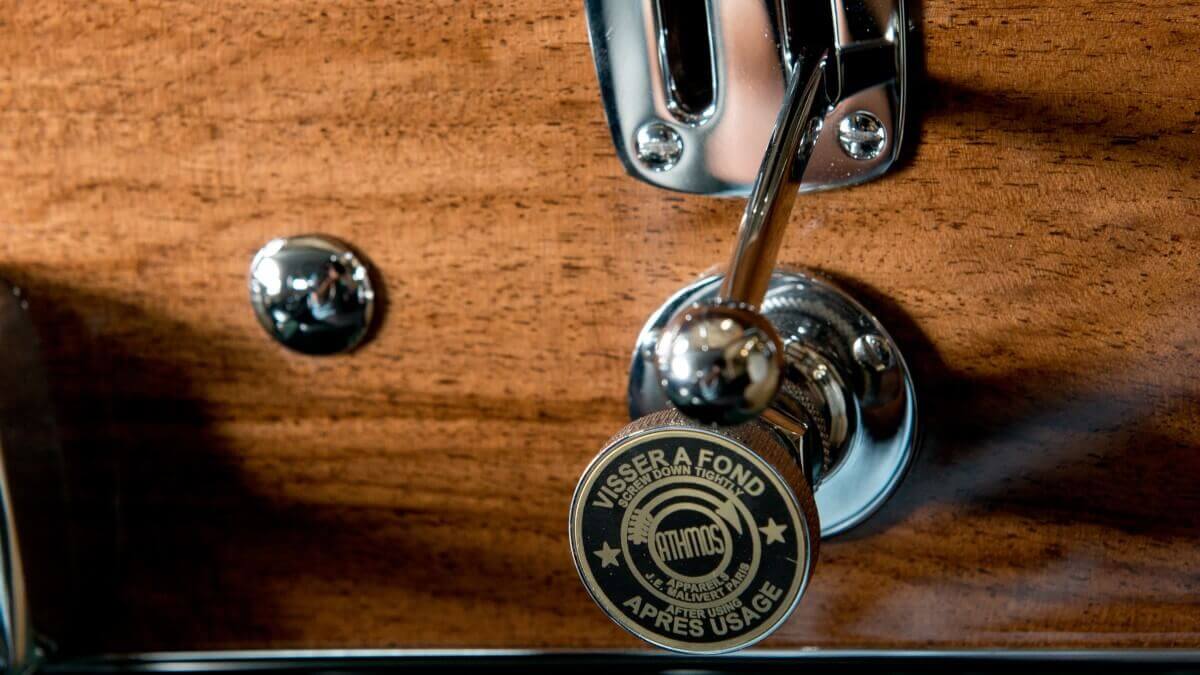

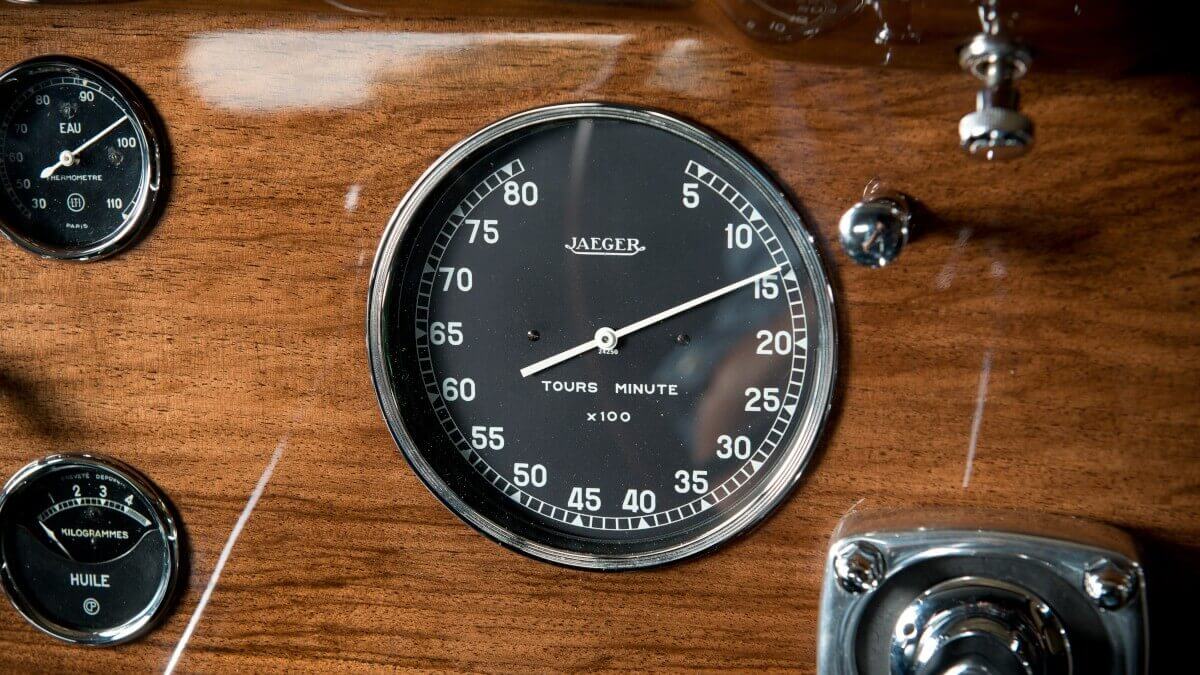







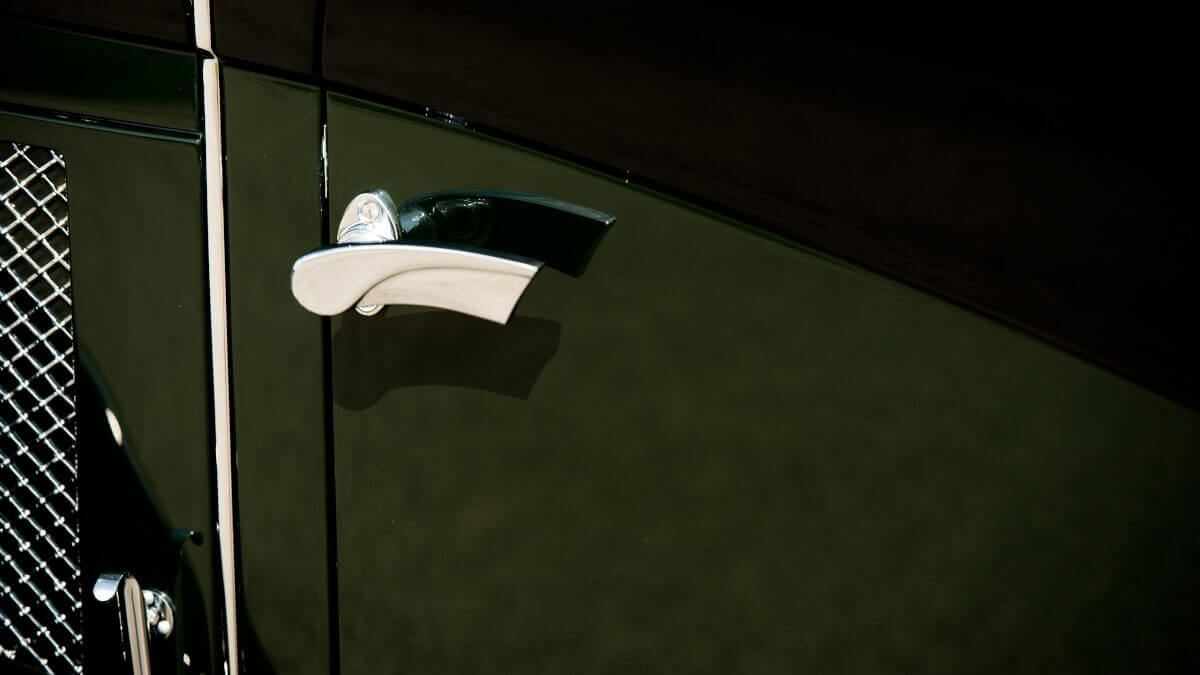

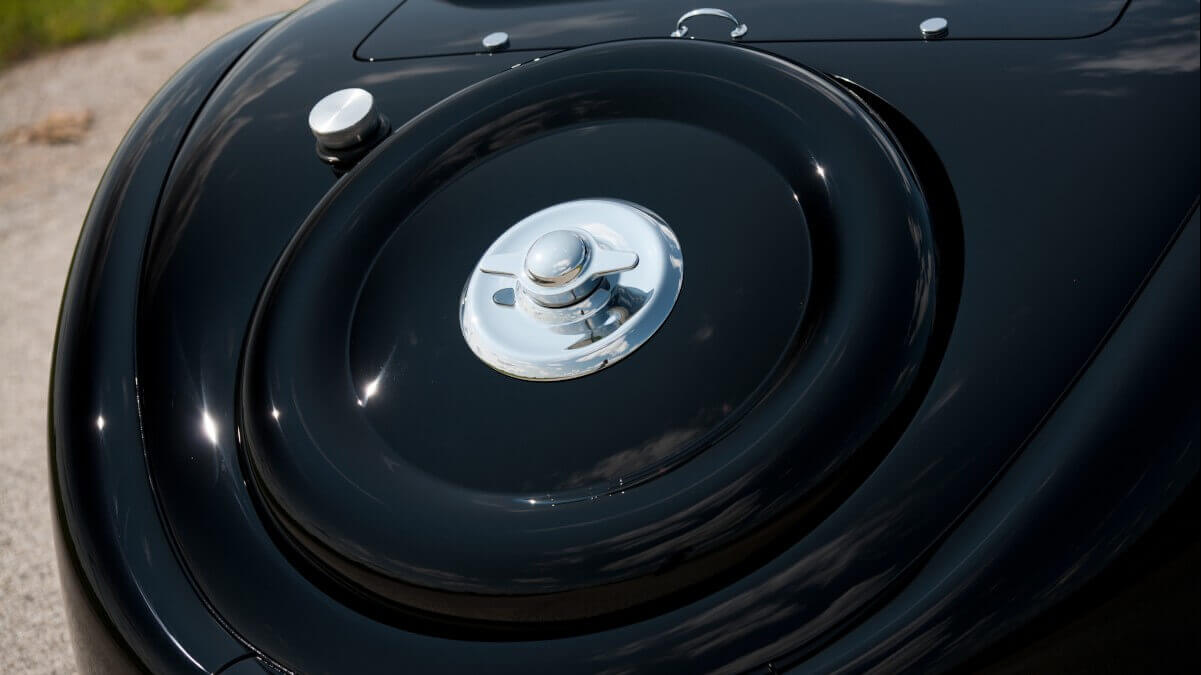



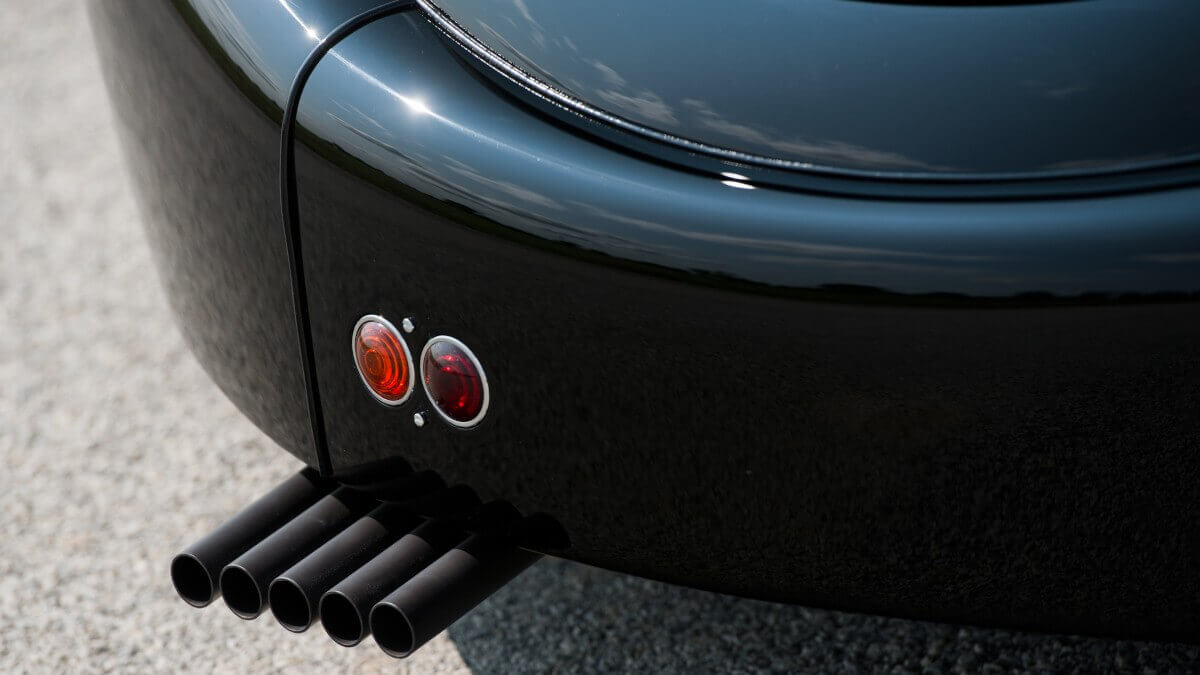

It is the vehicle with chassis number 57551, which on 23 July 1937 left the Molsheim plant as a Type 57 S Atalante with black painted body, to be handed to its first owner Jean Lévy three days later. Mr Lévy was Deputy Administrator of the ‘Grands Moulins de Strasbourg’ grain milling company founded by his father and used the sports car until the outbreak of World War 2. After the Bugatti had been hidden for a while on a family owned farm in Dordogne (France), it was handed over to the mill’s livestock feed manager, Maurice Weber, a close friend of the Lévy family. He took care of the car and ensured that nobody damaged it or even took it away during the remainder of the war. In 1946, however, it was sold in Paris and in 1947 another change of ownership took it into the hands of Pierre Pruvost from Bezons (France). In 1948, the Type 57 S returned to Paris, received some bodywork modifications – maybe done by Figoni & Falaschi – and was shown at the 1949 Concours d’Elegance de Confort et de Technique de la Carrosserie.
Another owner later, French artist André Derain, later a close friend to Pablo Picasso, bought the car in 1951 and owned it for a year. Then he sold it to Monique Weyener in Nice, who had gearbox issues, leading to a change. Four changes of ownership later, the Bugatti left France on the way to the US, where it was owned by Colin Downe in Boston from 1959 to 1961 and afterwards became part of the big car collection of casino magnate William F. Harrah in Reno/Nevada. During his time of owning it, the car was extensively restored, including technical upgrades to the specifications of Type 57 SC using an original supercharger from old factory stock. Since the original engine block was damaged, it was exchanged with a new one. At the same time they made the bodywork modifications from 1948/49 undone and repainted the car in ‘Patrol Cream’ and ‘Lemon Oxide’. It was the last vehicle with which William F. Harrah won an international Concours competition. Until 1987, it remained part of the big collection and was then purchased by Dr Herbert W. Boyer from Mill Valley/California. Since 2002, the car is part of a car collection of an American who prefers to remain anonymous. RM Auto Restoration performed a renewed restoration in 2013, targeting the absolute best possible Concours condition, resulting also in a renewed color change to black with dark green accents at the sides. Unfortunately, RM Sotheby’s cites the price for this rarity, with its extensive history only for serious demand – but it is likely to be at least seven digits.
Images: RM Sotheby’s, Darin Schnabel



